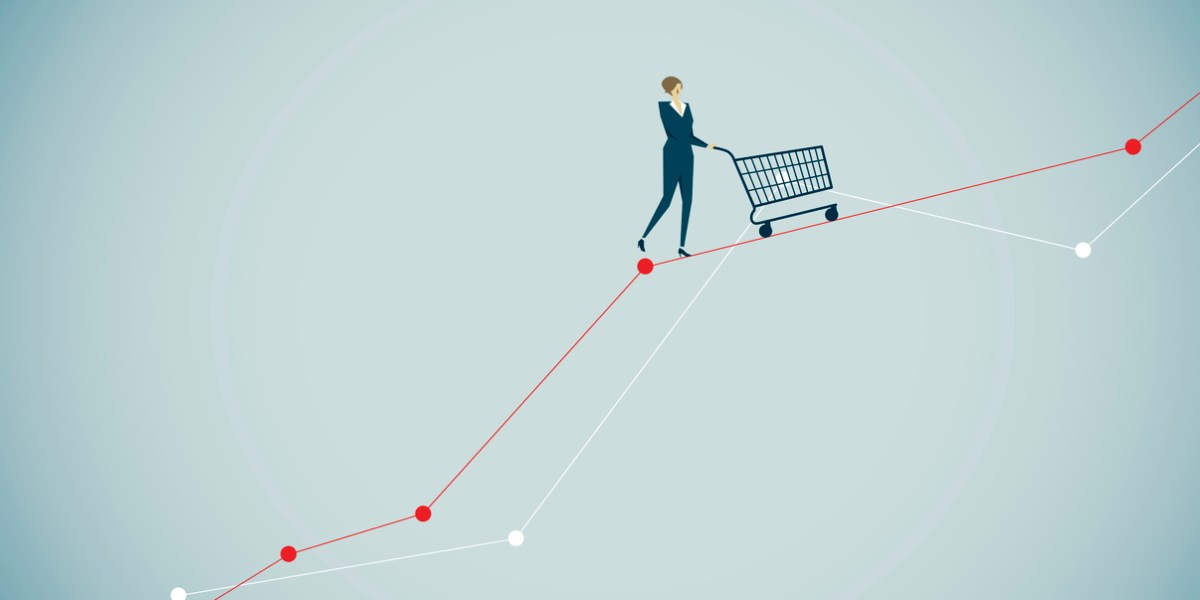Actionable insights enable smarter business buying

Purchasing the products and services a company needs to support its daily operations aggregates thousands of individual decisions, from a remote worker selecting a computer keyboard to a materials expert contracting with suppliers. Keeping the business running requires procurement processes and policies set by a chief procurement officer (CPO) and team who “align their decisions with company goals, react to changes with speed, and are agile enough to ensure a company has the right products at the right time,” says Rajiv Bhatnagar, director of product and technology at Amazon Business.
At the same time, he says, the digitalization of the supply chain has created “a jungle of data,” challenging procurement to “glean insights, identify trends, and detect anomalies” with record speed. The good news is advanced analytics tools can tackle these obstacles, and establish a data-driven, streamlined approach to procurement. Aggregating the copious data produced by enterprise procurement—and empowering procurement teams to recognize and act on patterns in that data—enables speed, agility, and smarter decision-making.
Today’s executives increasingly look to data and analytics to enable better decision-making in a challenging and fast-changing business climate. Procurement teams are no exception. In fact, 65% of procurement professionals report having an initiative aimed at improving data and analytics, according to The Hackett Group’s 2023 CPO Agenda report.
And for good reason—analytics can significantly enhance supply chain visibility, improve buying behavior, strengthen supply chain partnerships, and drive productivity and sustainability. Here’s how.
Gaining full visibility into purchasing activity
Just getting the full view of a large organization’s procurement is a challenge. “People involved in the procurement process at different levels with different goals need insight into the entire process,” says Bhatnagar. But that’s not easy given the layers upon layers of data being managed by procurement teams, from individual invoice details to fluctuating supplier pricing. Complicating matters further is the fact that this data exists both within and outside of the procurement organization.
Fortunately, analytics tools deliver greater visibility into procurement by consolidating data from myriad sources. This allows procurement teams to mine the most comprehensive set of procurement information for “opportunities for optimization,” says Bhatnagar. For instance, procurement teams with a clear view of their organization’s data may discover an opportunity to reduce complexity by consolidating suppliers or shifting from making repeated small orders to more cost-efficient bulk purchasing.
Identifying patterns—and responding quickly
When carefully integrated and analyzed over time, procurement data can reveal meaningful patterns—indications of evolving buying behaviors and emerging trends. These patterns can help to identify categories of products with higher-than-normal spending, missed targets for meeting supplier commitments, or a pattern of delays for an essential business supply. The result, says Bhatnagar, is information that can improve budget management by allowing procurement professionals to “control rogue spend” and modify a company’s buying behavior.
In addition to highlighting unwieldy spending, procurement data can provide a glimpse into the future. These days, the world moves at a rapid clip, requiring organizations to react quickly to changing business circumstances. Yet only 25% of firms say they are able to identify and predict supply disruptions in a timely manner “to a large extent,” according to Deloitte’s 2023 Global CPO survey.





